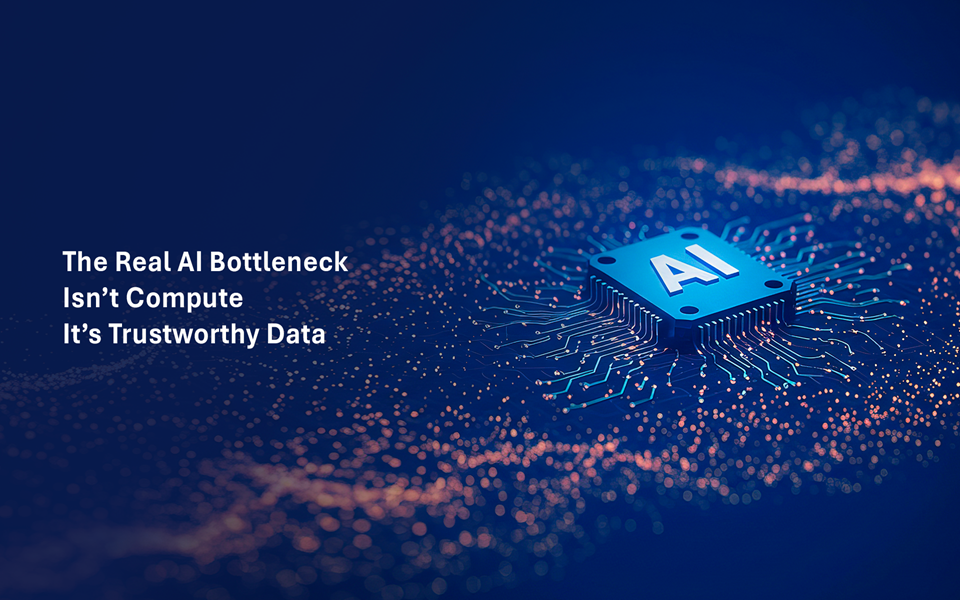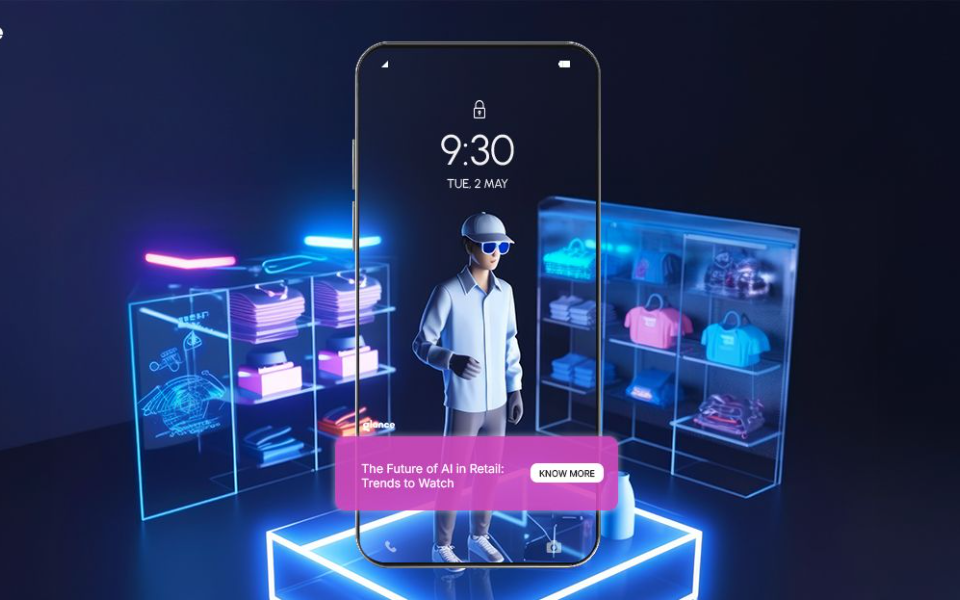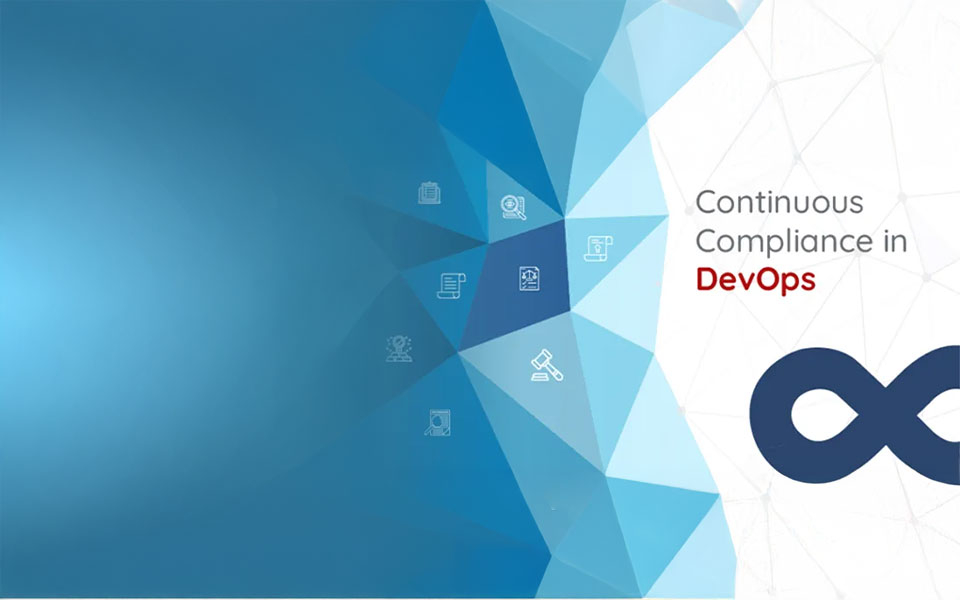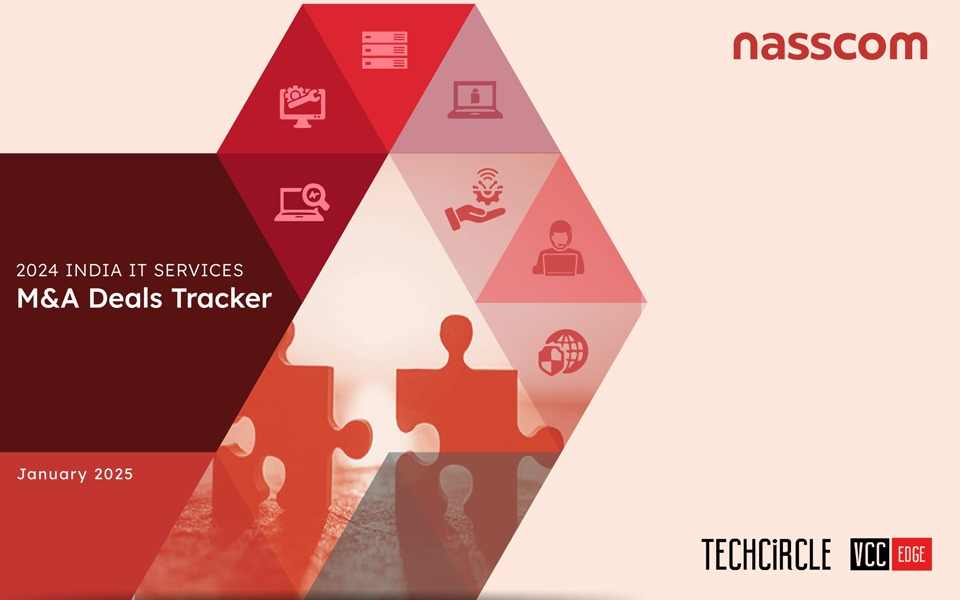Intro:
Cybersecurity threats are evolving every moment. Stay informed about the emerging risks that can protect you or your organization in 2023.
Here are some of the threats to look out for:
What is Automotive Hacking
Modern cars are loaded with computerized systems and connectivity features which makes them vulnerable to cyberattacks. Self-driving or autonomous vehicles are more susceptible to these kinds of attacks.
Here's how automotive hacking is done:
Remote Exploitation: Attackers may exploit vulnerabilities in your vehicle's connectivity features, like cellular or Wi-Fi connections. If your vehicle's system has security weaknesses criminals can gain remote access.
Malware and Software Exploits: Attackers can inject malicious code or malware into your vehicle's software, potentially compromising critical systems like the engine control unit (ECU) or braking system.
Bluetooth and Wi-Fi Exploits: Weaknesses in Bluetooth or Wi-Fi security allow attackers to gain unauthorized access to a vehicle's systems. For instance, they may exploit vulnerabilities in the Bluetooth pairing process.
Denial-of-Service (DoS) Attacks: Attackers may launch DoS attacks against your vehicle's communication system. It can disrupt car functions and pose safety risks.
Prevention Measures:
Regular Updates: Manufacturers issue software updates and patches to address vulnerabilities.
Security Audits: Regular security audits and testing help identify weaknesses.
Strong Encryption: Encrypt communication between vehicle components and external devices can enhance security.
Intrusion Detection Systems: These systems can detect and respond to suspicious activities in real time.
Access Control: Implement access controls and user authentication mechanisms to restrict unauthorized access.
Education and Awareness: Educate your consumers about cybersecurity best practices, such as secure password management, is essential.
Collaboration: Industry collaboration and information sharing on emerging threats can help develop effective countermeasures.
While automotive hacking remains a concern, the automotive industry is actively working to enhance security measures and protect vehicles and their occupants from potential threats.
Mobile Attack Stats you need to know.
Rise in Mobile Malware: By the end of 2019, the number of known mobile malware variants had exceeded 350,000, according to Statista.

Phishing Attacks on Mobile: In 2019, mobile devices were the target of 91% of all phishing attacks, as reported by Wandera's Mobile Threat Landscape Report 2020.
SMS Phishing (Smishing): Mobile attack attempts increased significantly, with 300-400K made daily, peaking at 600K per day in August 2022. Proofpoint 2023 State of the Phish report.
Mobile App Threats: In 2019, 1.9 million malicious and high-risk apps were discovered on Android devices, according to Norton's Mobile Threat Landscape Report.
Mobile Banking Trojans: In 2022, the number of mobile banking Trojans reached over 196476, that is 100% increase in the past six years.

Source: Securelist
Unauthorized Data Access: In a 2019 study, Zimperium reported that 100% of mobile banking apps it analysed had vulnerabilities that could potentially lead to unauthorized access to users' accounts or data.
Mobile Device Attacks: According to the Verizon Mobile Security Index 2020, 43% of organizations admitted experiencing a mobile device-related compromise in the past year.
Malicious Wi-Fi Networks: In 2019, nearly 40% of mobile users connected to a malicious Wi-Fi network at least once a month, as reported by Norton.
Mobile Ransomware: Mobile ransomware attacks increased by 33% in the first quarter of 2020, according to Kaspersky's IT Threat Evolution Q1 2020 report.

Data Breaches: In a 2019 study, Positive Technologies found that 30% of mobile apps tested had vulnerabilities that could lead to data breaches.
Unauthorized Access via Mobile Devices: In 2019, 80% of organizations experienced a security incident involving a mobile device, according to Verizon's Mobile Security Index 2019.
Mobile IoT Attacks: Nokia's Threat Intelligence Report 2023 states that almost 60% of attacks in mobile networks are linked to IoT (Internet of Things) bots scanning for vulnerable hosts.
What is Ransomware as a Service
Ransomware-as-a-Service (RaaS) is a criminal business model where people can rent or purchase ransomware software and infrastructure to carry out ransomware attacks.
This approach gives criminals access to pre-built ransomware tools, distribution channels, and support services.
Here's how RaaS typically works:
Access to Ransomware: These platforms offer a range of ransomware strains, each with unique capabilities and features.
Customization: Criminals can customize the ransomware to fit their specific needs. It might include choosing the ransom amount, specifying the cryptocurrency for payment, and crafting the ransom note.
Payment Model: RaaS providers typically charge a fee or take a percentage of the ransom payments generated by the attacks.
Distribution: Ransomware operators can use methods like phishing emails, malicious attachments, exploit kits, or compromised websites. Some RaaS platforms provide access to distribution channels and exploit kits as part of their offering.
Encryption and Ransomware: When the ransomware infects a victim's system, it encrypts their files, rendering them inaccessible. Victims are then presented with a ransom note demanding payment in cryptocurrency, often Bitcoin or Monero, in exchange for a decryption key.
Data Exfiltration: Criminals use RaaS to steal sensitive data from victims before encrypting their files. They use this data as leverage to encourage victims to pay the ransom.
RaaS has democratized ransomware attacks, allowing criminals with limited technical skills to participate in cyber extortion schemes.
To combat this threat, prioritize cybersecurity measures like regular data backups, employee training to recognize phishing attempts and robust security software to detect and prevent ransomware infections.
What are AI-Powered Attacks
Cybercriminals are now using AI and machine learning to enhance the efficiency and success rate of their attacks. AI-powered attacks automate tasks, adapt to defences, and discover vulnerabilities more rapidly.
Here are some examples of AI-powered attacks:
Phishing Attacks: Cybercriminals can use AI to automate phishing emails with the help of Natural language processing (NLP). They also use AI to personalize the emails by analysing the target's online presence.
Spear Phishing: AI algorithms analyse publicly available data and create detailed profiles of potential victims. It enables attackers to craft tailored messages to their targets.
Deepfake Attacks: Criminals use deepfake technology to manipulate audio, video, and images to create realistic but fabricated content.
Attackers can use deepfakes to impersonate people, such as CEOs or government officials, to spread disinformation or manipulate public opinion.
AI-Enhanced Malware: Malware authors use AI to design polymorphic malware that can change its code and behaviour to evade traditional signature-based antivirus solutions. AI-powered malware can analyse a victim's system to identify valuable targets and data for exfiltration.
AI-Driven DDoS Attacks: AI algorithms can optimize distributed denial-of-service (DDoS) attacks by adjusting attack parameters in real time based on the target's defences. It makes DDoS attacks more challenging to prevent.
AI-Botnet Attacks: Botnets, networks of compromised devices, can use AI to coordinate their actions more efficiently, making them harder to detect and dismantle. AI can also help attackers identify vulnerable devices to recruit into their botnets.
Credential Stuffing: AI-powered credential stuffing attacks testing of stolen username and password combinations across multiple websites. The AI use the order and timing of login attempts to avoid detection.
AI-Generated Malicious Content: Criminals can use AI to generate malicious code, such as JavaScript or SQL injection attacks, which can evade traditional security filters. These attacks can target web applications and databases.
Automated Social Engineering: AI can automate the process of gathering information about a target from social media and other online sources. Criminals then use this information to craft social engineering attacks, such as vishing (voice phishing) or pretexting.
AI-Enhanced Reconnaissance: Attackers can use AI to automate the reconnaissance phase of an attack. AI algorithms can quickly identify vulnerabilities in a target's network or applications, enabling attackers to focus their efforts more effectively.
What are Supply Chain Attacks
Supply chain attacks target an organization's suppliers, service providers, or partners to compromise the security of the ultimate target.
These attacks can pose a significant risk to businesses and governments worldwide.
Here's an explanation, examples, and some statistics related to supply chain attacks:
Supply chain attacks typically involve the following steps:
Target Identification: Attackers identify a target organization they want to compromise.
Supplier/Partner Compromise: Instead of directly attacking the target, the attackers focus on compromising a trusted third party that interacts with the target. It could be a supplier, a software vendor, or a service provider.
Malicious Payload Insertion: Once the supplier or partner is compromised, the attackers inject a malicious component or payload into the supplier's product or service. It could be malware, a backdoor, or a vulnerability.
Distribution: Criminals then deliver the compromised product or service to the target organization as part of its supply chain. It could include software updates, hardware components, or even physical devices.
Exploitation: After the victim organization installs the compromised product or service, the attackers exploit the vulnerability or backdoor to gain access, steal data, conduct espionage, or carry out other malicious activities.
Examples:
SolarWinds Attack (2020): One of the most significant supply chain attacks in recent history, Russian hackers compromised the software update mechanism of SolarWinds, a prominent IT management software provider. This allowed them to infiltrate thousands of SolarWinds' customers, including U.S. government agencies and major corporations.
CCleaner Attack (2017): Attackers compromised the supply chain of CCleaner, a popular PC optimization tool, by injecting malware into one of its software updates. Millions of users unknowingly downloaded the infected update, which allowed the attackers to gain access to their systems.
NotPetya Attack (2017): While initially believed to be ransomware, the NotPetya attack was a supply chain attack. Attackers compromised a Ukrainian accounting software called M.E. Doc, which was used by many Ukrainian organizations. The attackers injected malware into a software update, which ultimately caused widespread damage to organizations worldwide.
Statistics:
According to the 2020 Verizon Data Breach Investigations Report (DBIR), supply chain attacks accounted for approximately 4% of all data breaches in that year.
A survey by CrowdStrike found that 80% of organizations surveyed had experienced a software supply chain attack in the past year, and 44% had suffered a hardware supply chain attack.
In 2020, cybersecurity firm Cybereason reported a 430% increase in supply chain attacks, indicating a growing trend in this type of cyber threat.
Disinformation
Disinformation attacks are emerging threats in the digital landscape, capable of spreading false or misleading information with the help of artificial intelligence (AI) and manipulation techniques.
Disinformation attacks involve the deliberate spread of false, misleading, or inaccurate information with the intention to deceive or manipulate individuals or communities. These attacks often target political, social, or cultural issues and aim to influence opinions, sow discord, or achieve specific objectives. Social media platforms and online news outlets are common vehicles for disinformation campaigns.
Examples of Disinformation Attacks:
Election Interference: Disinformation campaigns have been used to influence the outcomes of elections by spreading false information about candidates, political parties, or the electoral process.
Public Health: During the COVID-19 pandemic, disinformation was widely circulated, including false claims about the virus's origins, treatments, and preventive measures.
Social Unrest: Disinformation has played a role in inciting social unrest by spreading rumours, false narratives, and manipulated images or videos related to protests and demonstrations.
Combating deepfakes and disinformation attacks is challenging, as they exploit the ease of sharing information online and the credibility of manipulated media. Efforts to address these issues include developing deepfake detection tools, improving media literacy, enhancing platform moderation, and promoting fact-checking and critical thinking.
In conclusion, as we step into 2023, cybersecurity remains a dynamic and challenging landscape. The threat landscape is continuously evolving, propelled by advancing technology and the persistent ingenuity of cyber adversaries. Addressing cybersecurity threats is no longer a choice but an imperative for individuals, businesses, and governments alike.
Threats to IoT devices, cloud security, AI-based attacks, and social engineering tactics will get more sophisticated and frequent.
To mitigate this threat a holistic and proactive cybersecurity approach is essential. This approach should encompass a robust combination of technology-driven solutions, employee training and awareness programs, regular security audits, and incident response plans. Collaboration and information sharing within the cybersecurity community will be crucial to staying ahead of emerging threats.


































